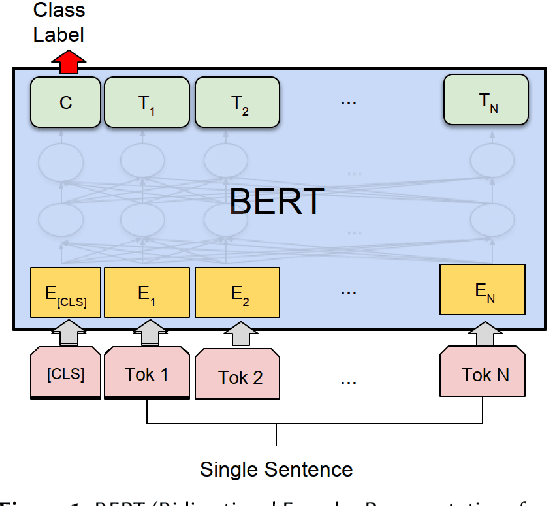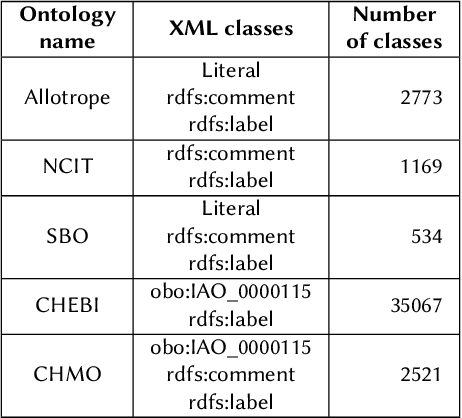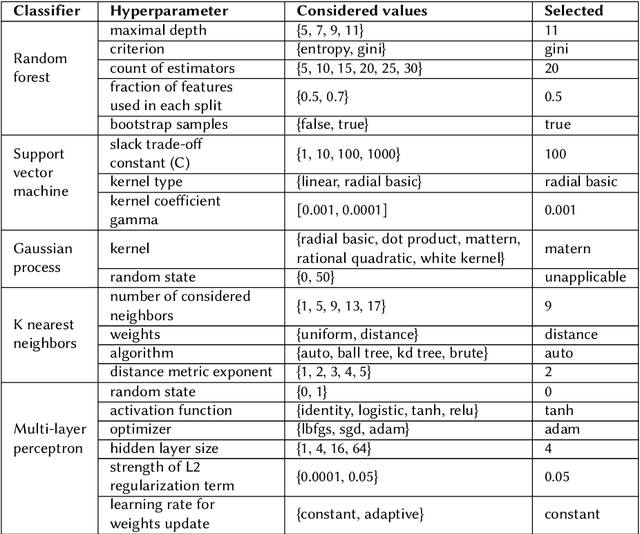Lukáš Korel
Video Scene Location Recognition with Neural Networks
Sep 21, 2023Abstract:This paper provides an insight into the possibility of scene recognition from a video sequence with a small set of repeated shooting locations (such as in television series) using artificial neural networks. The basic idea of the presented approach is to select a set of frames from each scene, transform them by a pre-trained singleimage pre-processing convolutional network, and classify the scene location with subsequent layers of the neural network. The considered networks have been tested and compared on a dataset obtained from The Big Bang Theory television series. We have investigated different neural network layers to combine individual frames, particularly AveragePooling, MaxPooling, Product, Flatten, LSTM, and Bidirectional LSTM layers. We have observed that only some of the approaches are suitable for the task at hand.
Using Artificial Neural Networks to Determine Ontologies Most Relevant to Scientific Texts
Sep 17, 2023



Abstract:This paper provides an insight into the possibility of how to find ontologies most relevant to scientific texts using artificial neural networks. The basic idea of the presented approach is to select a representative paragraph from a source text file, embed it to a vector space by a pre-trained fine-tuned transformer, and classify the embedded vector according to its relevance to a target ontology. We have considered different classifiers to categorize the output from the transformer, in particular random forest, support vector machine, multilayer perceptron, k-nearest neighbors, and Gaussian process classifiers. Their suitability has been evaluated in a use case with ontologies and scientific texts concerning catalysis research. From results we can say the worst results have random forest. The best results in this task brought support vector machine classifier.
 Add to Chrome
Add to Chrome Add to Firefox
Add to Firefox Add to Edge
Add to Edge